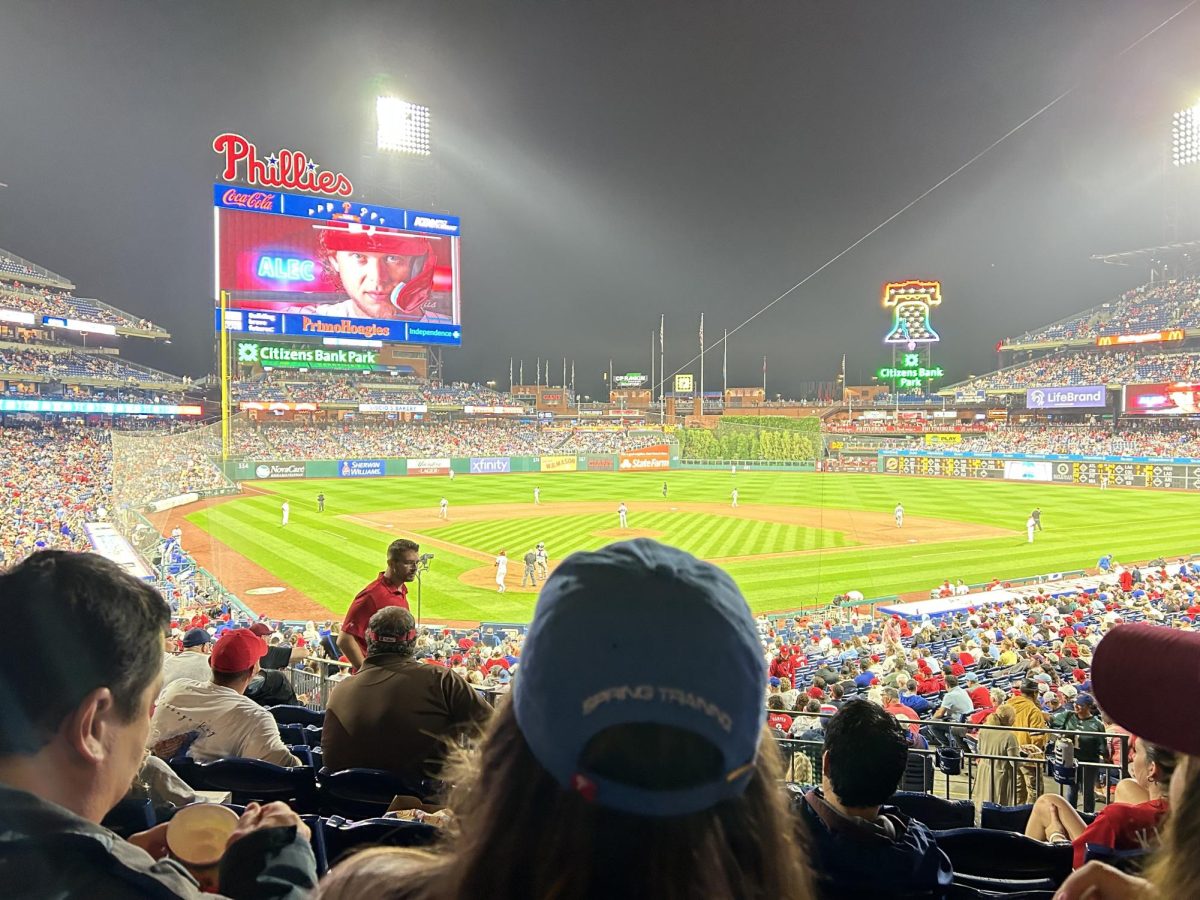Hockey has always been regarded as one of the most physical sports, with a reputation built on high-speed collisions, missing teeth, and relentless green. Injuries are common and players have embraced the game’s ruthless nature.
Fighting has also been a strong factor in hockey culture, but its role in the game has evolved throughout the years. In recent years, more teams have been emphasizing physicality and aggressiveness, igniting debates over whether fighting belongs in the modern NHL.
One of the biggest arguments in favor of fighting is player protection. In a league where stars like Connor McDavid, Auston Matthews, and Jack Hughes are constantly targeted, fighting acts as a defender against dangerous hits. Without the presence of enforcers or tough players willing to drop the gloves, opponents may feel inclined to take cheap shots at star players. A fight can send a message to the other team that those kinds of plays will not be tolerated.
Hockey is a game full of emotion, and a few moments can make a crowd erupt like a fight. A fight can completely change the energy of a game, whether it’s a response to a big hit or an attempt to spark a struggling team, it can be a game changer in shifting the momentum.
Fighting also remains a major draw for fans. Viral clips of intense brawls generate buzz, and rivalry games known for their physicality tend to attract higher viewership. Fans still cheer when players square off, and even casual viewers who might not tune in for normal games are more likely to be entertained by dramatic fights.
Unlike other sports, hockey has long identified fighting as a part of its culture. While the league has changed tremendously over the years, fighting has remained one of the constants and is essential to its gameplay. Legendary enforcers like Bob Probert, Tie Domi, and Dave Schultz were just as respected as some of the most elite goal scorers. Even in today’s game, players like Ryan Reaves, Nicholas Deslauriers, and Matt Rempe have built careers on their toughness.
The most significant argument against fighting is the increased risk of injuries- both immediate and long-term. Concussions, broken hands, and facial fractures are all consequences of fights. More concerning is the link between repeated head trauma and long-term health issues, like Chronic Traumatic Encephalopathy (CTE). The deaths of famous enforcers like Derek Boogaard and Steve Montador raised serious concerns and the physical and mental toll of fighting.
While some players willingly embrace the risks, the NHL’s evolving understanding of brain injuries has led to calls for stricter rules on fighting.
The NHL has spent the last two decades shifting toward a more skill-driven style of play. Speed, agility, and creativity are now more celebrated than other qualities like aggressiveness.
An increase in fighting could take attention away from this evolution, reverting the game back to an era where toughness was prioritized over pure skill. Instead of developing young players into physical enforcers, teams should be focused on skill development and strategic play.
There is also a fine line between controlled aggression and pure chaos. Bench-clearing brawls and brutal one-sided fighting have become common, often overshadowing the actual game. Take, for example, the brawl last season between Matt Rempe and Kurtis MacDermid– just two seconds into the game, the ice was in complete chaos.
Another concern is how fighting in the NHL impacts the sport at lower levels. Youth hockey leagues have worked to remove fighting from the game, emphasizing respect and skill development. However, when a young player watches an NHL game and sees fights celebrated, they may feel like that is the only way to become an important player within the game.
One potential solution to this growing issue could be stronger regulations on staged fights, while still allowing for fights that arise naturally in the heat of the moment. Additionally, harsher penalties for repeat fighters could discourage excessive fighting without outright banning it.
Another approach could be more emphasis on penalizing dangerous hits rather than relying on enforcers to do it. If referees enforce stricter punishments for illegal hits, there would be less need for players to take matters into their own hands.
The NHL falls under the business of entertainment, and fighting remains one of the sport’s most unique and dramatic elements, which means it won’t be leaving any time soon. The current challenge is keeping the league unique while also prioritizing player safety.
Sources:






